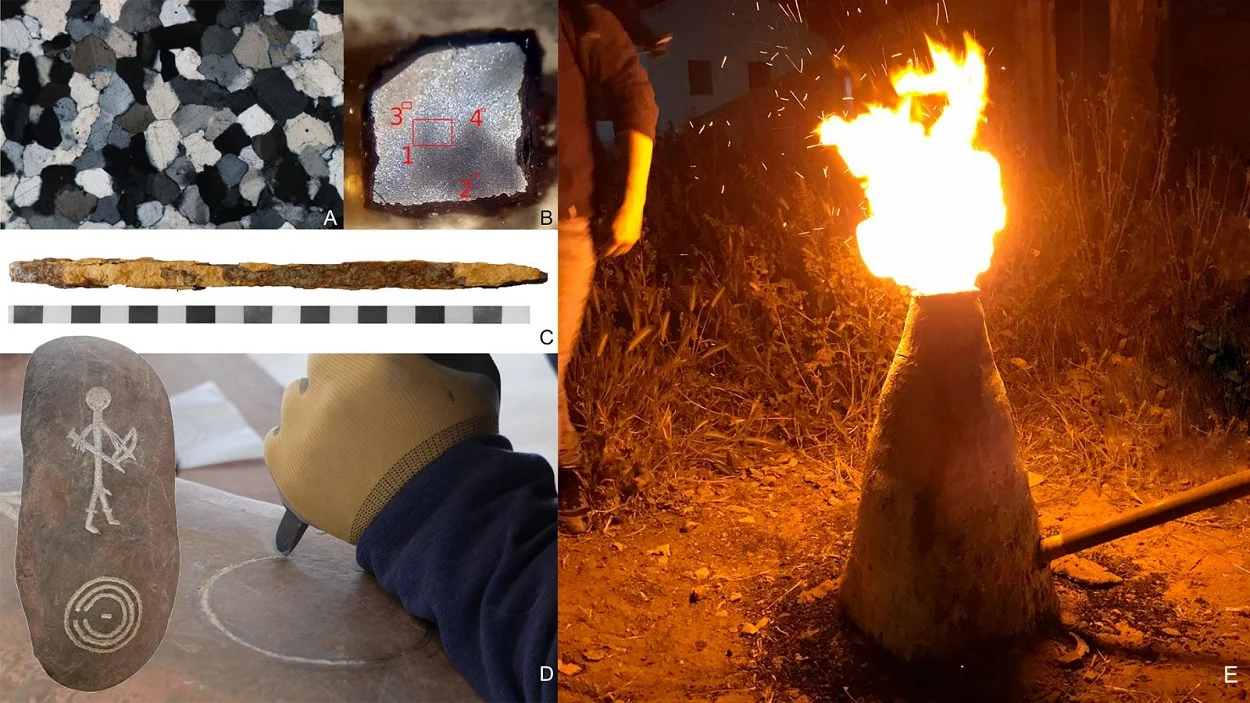Researchers have discovered that steel tools were being used on the Iberian Peninsula during the Late Bronze Age 2,900 years ago.
An international study has conducted a geochemical analysis on stone pillar stelae found in the Iberian Peninsula, revealing that engravings on the rock face were created using tempered steel.
This is supported by a metallographic analysis of an iron chisel from the same period found at Rocha do Vigio, which has the necessary carbon content to be classified as steel.
Until recently, it was assumed that the inhabitants of the region lacked the skill and understanding to produce steel in the Early Iron Age, and certainly not in the Late Bronze Age, which only became widespread through contact and conquest by the Romans. The Iberian Bronze Age started around 1800 BC, concluding with the Iberian Iron Age sometime during the 9th century BC.
Dr. Ralph Araque Gonzalez, an archaeologist from the University of Freiburg, said: “The chisel from Rocha do Vigio and the context where it was found, shows that iron metallurgy, which includes the production and tempering of steel, were probably indigenous developments of decentralised small communities in Iberia, and not due to the influence of later colonisation processes.”
The results of the study, published in the Journal of Archaeological Science, conducted an analysis of stelae pillars made from silicate quartz sandstone. “Just like quartzite, this is an extremely hard rock that cannot be worked with bronze or stone tools, but only with tempered steel,” says Gonzalez.
A closer inspection of the chisel from Rocha do Vigio, reveals that it consists of heterogeneous yet astonishingly carbon-rich steel. To confirm their findings, the researchers carried out an experiment involving a professional stonemason, a blacksmith and a bronze caster, and attempted to work examples of silicate quartz sandstone using chisels of different materials.
The stonemason was unable to work the stone with either the stone or the bronze chisels, or even using an iron chisel with an untempered point. “The people of the Late Bronze Age in Iberia were capable of tempering steel. Otherwise, they would not have been able to work the pillars,” concludes Araque Gonzalez as a result of the experiment.
https://doi.org/10.1016/j.jas.2023.105742
Header Image Credit : University of Freiburg





